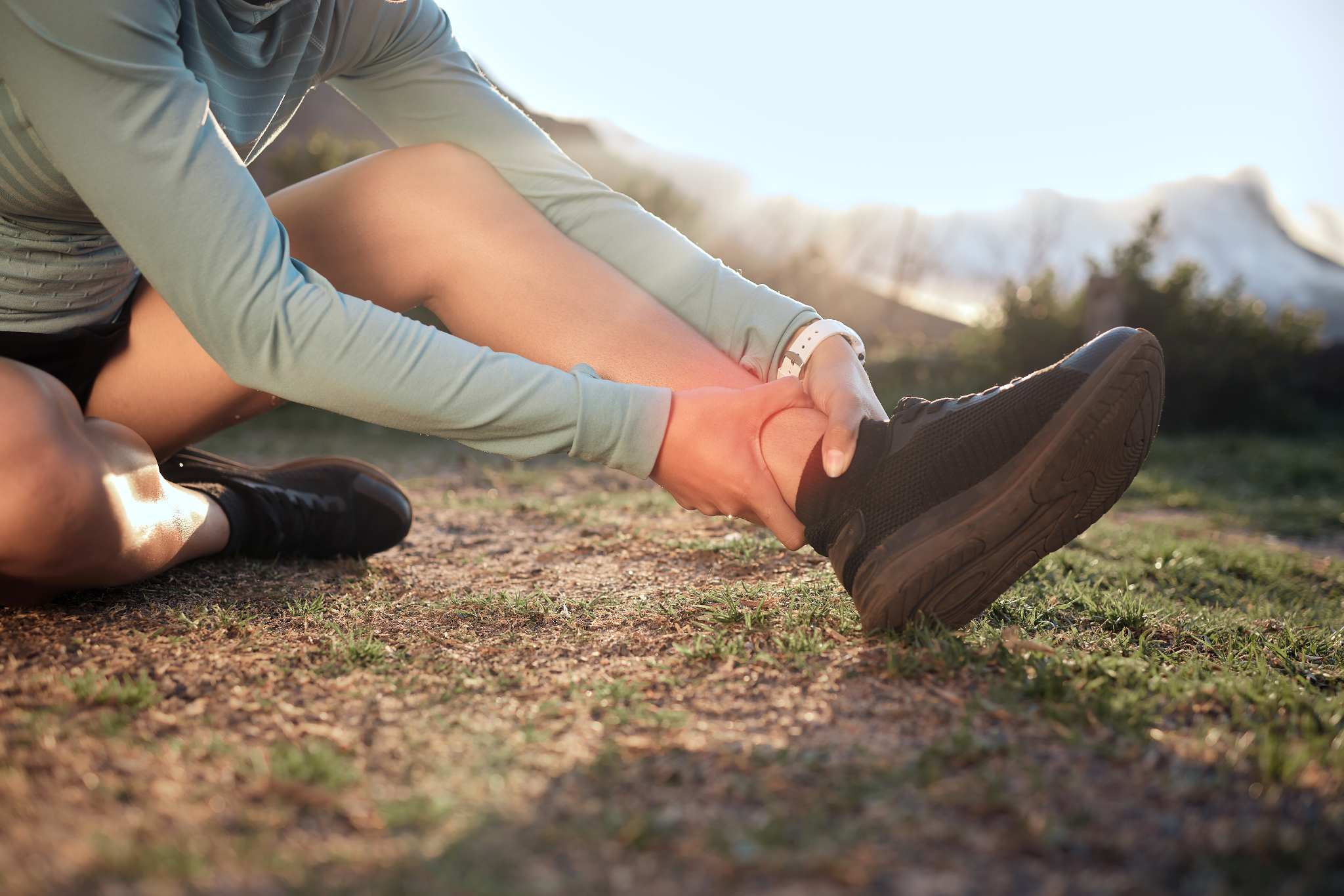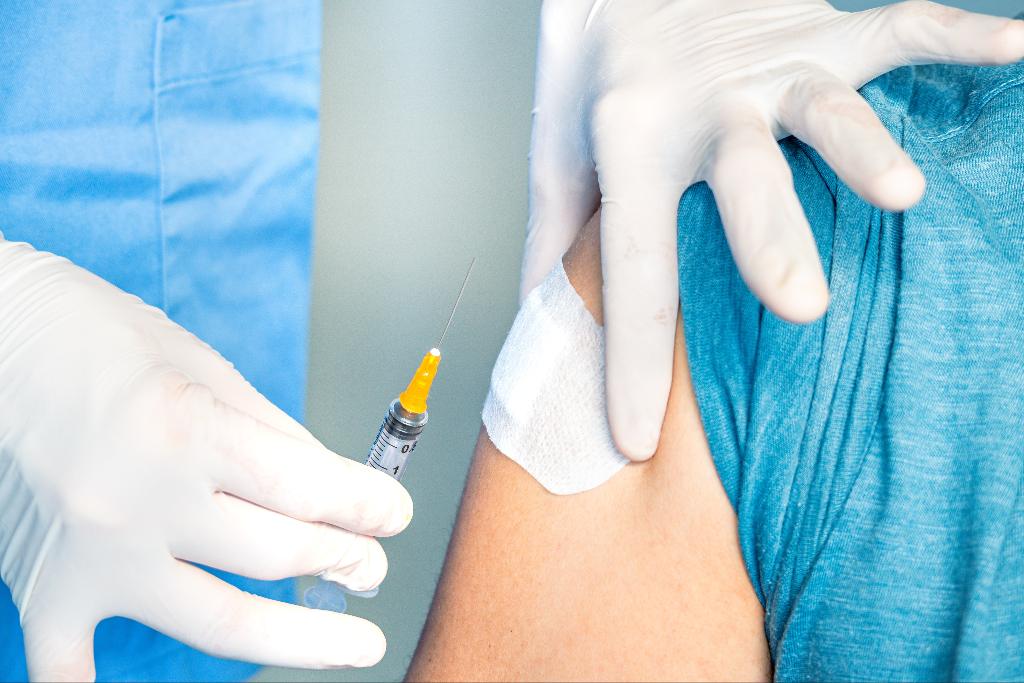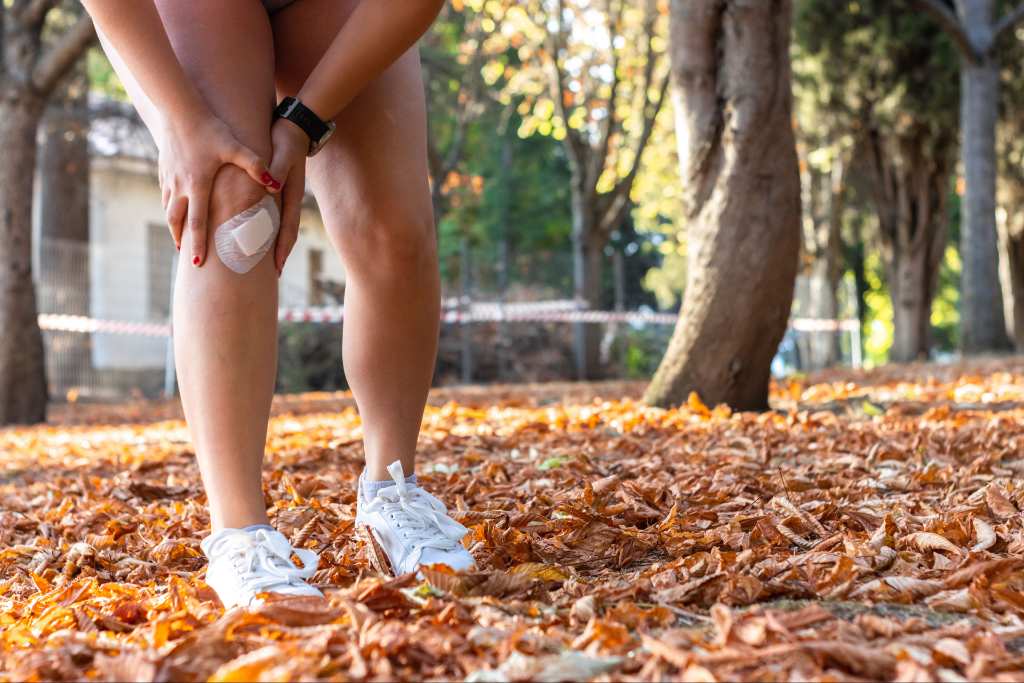Achilles tendinitis is a common overuse injury affecting the Achilles tendon, the largest tendon in the body that connects the calf muscles to the heel bone. This condition is prevalent among athletes, particularly runners, as well as individuals who engage in activities that put excessive strain on the tendon, such as jumping sports. Achilles tendinitis can also impact older individuals, as the tendon naturally weakens with age, making it more susceptible to injury.
Achilles tendinitis not only limits mobility but can also lead to chronic pain if left untreated, disrupting patients’ ability to maintain an active lifestyle. The need for effective treatment options is critical to manage pain, promote healing, and prevent recurrence. Clinicians play a pivotal role in selecting the best treatment approach, combining non-invasive therapies and orthotic devices to optimize recovery.
Below, we explore the best medical devices for treating Achilles Tendinitis.
Why Medical Devices Are Critical in Achilles Tendinitis Treatment
The treatment of Achilles tendinitis often begins with conservative approaches, where medical devices play a crucial role. Non-invasive devices, such as orthotics, splints, and shockwave therapies, are vital for managing the condition effectively. Medical devices reduce strain on the Achilles tendon, enhance tissue healing, and minimize the need for more invasive interventions such as surgery.
Devices like SoftWave Therapy, custom foot orthoses, and heel lifts provide doctors with tools to support the body’s natural healing processes without the risks associated with surgical procedures. The application of these devices is particularly important in clinical settings, where individualized care is necessary for each patient. By utilizing these Achilles tendinitis medical devices, clinicians can deliver targeted treatment, improve patient outcomes, and promote faster recovery.
Learn more about the Best Shockwave Therapy Machine For Providers
Top 5 Achilles Tendinitis Medical Devices
Conservative treatment for Achilles tendinitis offers numerous benefits, especially for patients seeking non-surgical options. These treatments are particularly effective for older patients or those with systemic conditions where surgical intervention is risky. Conservative approaches, such as the use of medical devices, can also be combined with other therapies like physical therapy and eccentric exercises to enhance outcomes.
SoftWave Therapy: Broad-Focused Shockwave for Tissue Healing
SoftWave Therapy is at the forefront of non-invasive treatment options for addressing pain and the symptoms of Achilles tendinitis. This technology utilizes broad-focused shockwaves to promote tissue regeneration and reduce inflammation in the affected areas. Unlike traditional focused shockwave devices, SoftWave Therapy covers a larger treatment area, allowing it to penetrate deeper into the tissue and address both acute and chronic conditions.
SoftWave works by generating high-energy electrical discharges in water, producing a true shockwave that travels through the tissue without causing microtrauma. This energy triggers biological responses at the cellular level, stimulating angiogenesis, modulating inflammation, and activating dormant cells responsible for tissue repair. Studies have shown that extracorporeal shockwave therapy (ESWT), including technologies like SoftWave, is effective in managing chronic Achilles tendinitis. A randomized controlled trial demonstrated that ESWT, when combined with eccentric exercises, significantly improved pain and function in patients (Ackermann et al., 2018).
In comparison to other shockwave therapies, SoftWave’s broad-focused design provides more comprehensive coverage, making it an ideal choice for clinicians aiming to offer optimal tissue healing and pain relief.
Custom Foot Orthoses for Achilles Tendinitis
Custom foot orthoses play a critical role in managing Achilles tendinitis, particularly in patients with biomechanical abnormalities such as overpronation or cavus foot deformities. These devices are designed to correct abnormal foot mechanics by redistributing forces during weight-bearing activities, thereby reducing the strain on the Achilles tendon.
Orthotics are particularly useful in preventing tendinopathy by providing support during daily activities and sports. Clinical studies have shown that orthotics can effectively reduce the mechanical load on the Achilles tendon, improving symptoms and promoting recovery. They are often used alongside physical therapy, which focuses on strengthening the surrounding musculature and correcting gait abnormalities. In cases of tendinosis, orthotics can prevent further degeneration of the tendon, making them a cornerstone of conservative treatment.
Night Splints for Achilles Tendon Recovery
Night splints are commonly used in the conservative management of Achilles tendinitis, particularly for patients with chronic symptoms. By keeping the foot in a dorsiflexed position during sleep, night splints stretch the Achilles tendon, preventing it from shortening overnight. This elongation is crucial for reducing morning stiffness and pain, two hallmark symptoms of chronic Achilles tendinitis.
The efficacy of night splints lies in their ability to promote tendon flexibility during rest, reducing the likelihood of contractures and tendon adhesions. Splints are particularly effective when combined with other conservative treatments like physical therapy and eccentric exercises
Taping and Bracing Techniques for Achilles Tendinitis
Taping and bracing are commonly used to support the Achilles tendon during physical activity, providing external stabilization and reducing strain on the tendon. Elastic therapeutic taping, such as kinesiology tape, allows for a full range of motion while offering proprioceptive feedback, which helps improve movement patterns. Bracing, on the other hand, provides more rigid support and is often used during early rehabilitation when immobilization is necessary to prevent further injury.
Taping and bracing techniques are particularly beneficial in preventing excessive tendon movement, which can exacerbate inflammation and delay healing. In the early stages of tendinitis, these methods can help control symptoms, while later in recovery, they offer support during the transition back to full activity.
Heel Lifts to Reduce Tendon Strain
Heel lifts are simple yet effective devices used to elevate the heel, reducing the mechanical load on the Achilles tendon during activities like walking or running. By altering foot positioning, heel lifts decrease tension on the tendon, which helps alleviate pain and promote healing in the early stages of Achilles tendinitis.
For patients recovering from Achilles tendon rupture, heel lifts are often used following serial casting to prevent further contracture of the tendon. Gradual adjustments to heel height help wean patients off the lift, restoring normal foot biomechanics without overstressing the healing tendon. Additionally, short-term use of heel lifts can provide immediate relief for patients with paratenonitis or tendinosis, particularly when combined with physical therapy.
Comparing the Best Achilles Tendinitis Medical Devices
Each medical device discussed plays a crucial role in the conservative management of Achilles tendinitis. Custom foot orthoses and heel lifts work to address biomechanical issues that exacerbate tendon strain, while night splints prevent tendon shortening during rest. Taping and bracing provide additional support during physical activity, allowing for safer movement and reducing the risk of re-injury.
SoftWave Therapy, however, offers a non-invasive solution that promotes tissue regeneration and modulates inflammation. Its broad-focused shockwaves provide deep tissue coverage, making it particularly effective in treating conditions like chronic tendinopathy. For clinicians, combining these devices allows for a comprehensive treatment approach, with SoftWave Therapy standing out due to its proven ability to promote long-term healing.
Become a SoftWave Provider Today
SoftWave Therapy provides an advanced, non-invasive option for clinicians. By promoting tissue healing, reducing inflammation, and covering a wide treatment area, SoftWave Therapy offers superior outcomes compared to more localized therapies. With its FDA Clearances, continuous research study involvement and proven efficacy, SoftWave Therapy is a valuable addition to any clinical practice.
Clinicians looking to expand their treatment offerings and provide patients with innovative, non-invasive care should consider becoming a SoftWave provider. Become a SoftWave provider today to offer your patients cutting-edge treatment and promote faster, more effective recovery.




